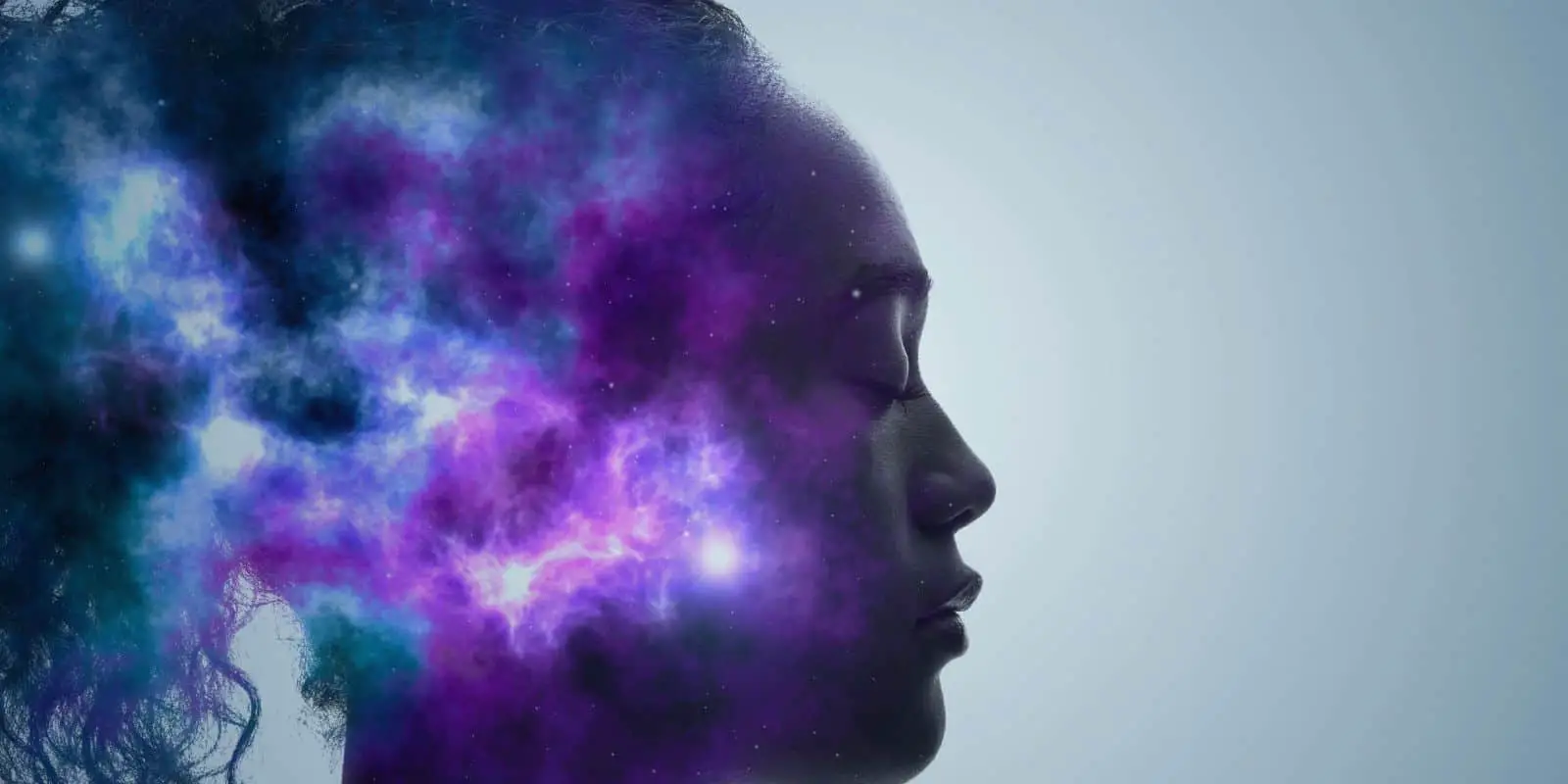Trance music is a genre that has been around for decades, captivating audiences with its hypnotic beats and melodies. But have you ever wondered why it’s called “trance” music? Well, we did some digging, and it turns out that the name is actually quite fitting.
The term “trance” refers to a state of consciousness where the mind is in a heightened, altered state. This state is often induced through meditation, hypnosis, or other similar practices. Trance music is designed to have a similar effect on the listener, with its repetitive beats and melodies lulling them into a trance-like state. In fact, many people use trance music as a form of meditation or relaxation, allowing them to clear their minds and focus on the present moment.
So, why is trance music called trance? Simply put, it’s because the music is designed to induce a trance-like state in the listener. Whether you’re a die-hard fan of the genre or just curious about its origins, understanding the meaning behind the name can help you appreciate the music on a deeper level.
Table of Contents
Why is Trance Music Called Trance?
Trance music is a genre of electronic dance music that originated in the early 1990s in Germany. The genre is characterized by its repetitive melody and beat, and it is often associated with a state of trance-like consciousness. In this section, we will explore the theories and speculations behind why trance music is called trance, as well as the influence of hypnosis and meditation on the genre.
Theories and Speculations
There are various theories and speculations behind why trance music is called trance. One theory is that the music induces a trance-like state in the listener, characterized by a feeling of euphoria and a sense of timelessness. Another theory is that the repetitive nature of the music induces a state of hypnosis, which can lead to altered states of consciousness.
The Influence of Hypnosis and Meditation
The influence of hypnosis and meditation on trance music is undeniable. Many trance DJs and producers have studied hypnosis and meditation techniques to enhance their performances and productions. The use of repetitive beats and melodies in trance music is similar to the techniques used in meditation to induce a state of relaxation and focus.
In conclusion, the theories and speculations behind why trance music is called trance are varied and complex. The influence of hypnosis and meditation on the genre is undeniable, and the repetitive nature of the music is thought to induce a trance-like state in the listener.
What is Trance Music?
Trance music is a genre of electronic dance music that originated in the early 1990s in Germany. It is characterized by a repetitive beat, melodic synthesizer lines, and a buildup and breakdown structure that creates a hypnotic and trance-like state in the listener.
The Origins of Trance Music
Trance music has its roots in the acid house and techno scenes of the late 1980s and early 1990s. It was pioneered by DJs and producers such as Paul Oakenfold, Sasha, and John Digweed, who blended elements of ambient, techno, and house music to create a new sound that was both uplifting and hypnotic.
The term “trance” was first used to describe this type of music in the mid-1990s, and it quickly caught on as a way to describe the hypnotic and trance-like state that listeners often experience while listening to this music.
Characteristics of Trance Music
Trance Characteristics
Trance music is characterized by a number of key features, including:
- Repetitive beats: Trance music typically features a 4/4 beat that is repeated throughout the track, creating a sense of momentum and energy.
- Melodic synthesizer lines: Trance music often features melodic synthesizer lines that are layered on top of the beat, creating a sense of euphoria and uplifting energy.
- Buildup and breakdown structure: Trance music often follows a structure where the track builds up to a climax, before breaking down into a more subdued section. This creates a sense of tension and release that is a key part of the trance experience.
Overall, trance music is a genre that is designed to transport listeners to a different state of mind, creating a sense of euphoria and trance-like state that is both energizing and relaxing.
The Evolution of the Term ‘Trance’
The Early Days of Trance Music
When we think of trance music today, we may picture a crowded dance floor, flashing lights, and a pulsing beat. However, the origins of trance music go back to the early 1990s in Germany. At the time, DJs like Sven Vath, Paul van Dyk, and Cosmic Baby (Harald Blüchel) were experimenting with electronic music that featured repetitive beats, ethereal melodies, and atmospheric sounds.
These DJs and producers were inspired by a variety of musical genres, including ambient, techno, and house music. They began to create a new style of music that was characterized by its hypnotic, trance-like qualities. This music was often played at all-night raves and underground clubs, where dancers would lose themselves in the music and enter a trance-like state.
The Popularization of the Term ‘Trance’
As trance music began to gain popularity in the 1990s, the term ‘trance’ was used to describe this new style of music. The term was likely inspired by the trance-like state that dancers would enter when listening to the music. The term ‘trance’ also conveys a sense of otherworldliness and spirituality, which was an important aspect of the music.
In the mid-1990s, trance music began to spread beyond Germany and into other parts of Europe. DJs and producers in countries like the Netherlands, the UK, and France began to create their own variations of trance music. As the genre continued to evolve, the term ‘trance’ became more widely recognized and associated with this style of music.
The Debate Over the Term ‘Trance’
Despite its widespread use, there has been some debate over the years about whether the term ‘trance’ is an accurate description of the music. Some argue that the term is too vague and doesn’t accurately capture the many variations of trance music.
Others argue that the term ‘trance’ is too limiting and doesn’t do justice to the spiritual and emotional aspects of the music. Some prefer to use terms like ‘progressive trance‘ or ‘psychedelic trance’ to describe specific sub-genres of trance music.
Regardless of the debate over the term, there’s no denying that trance music has had a significant impact on electronic music and club culture. Today, trance music continues to evolve and inspire new generations of DJs, producers, and music lovers around the world.
The Trance State
Trance music is called “trance” because it is intended to induce a trance-like state in the listener. This state is characterized by a feeling of deep relaxation and heightened awareness.
The Connection Between Trance Music and Hypnosis
The trance state is often associated with hypnosis, which is a state of consciousness characterized by focused attention, reduced peripheral awareness, and an enhanced capacity to respond to suggestion. Hypnosis is often used to treat anxiety, phobias, and other psychological conditions.
Trance music has a similar effect on the listener. It is designed to induce a state of deep relaxation and heightened awareness, allowing the listener to focus their attention on the music and let go of their worries and anxieties.
The Science Behind Trance States
The trance state is not just a psychological phenomenon, but a physiological one as well. When we enter a trance state, our brain waves slow down and become more synchronized. This is known as the alpha state, which is associated with relaxation and meditation.
In addition to altering our brain waves, the trance state also affects our perception of time. When we are in a trance state, time seems to slow down or even stop altogether. This can be a powerful experience, as it allows us to fully immerse ourselves in the music and forget about the outside world.
Overall, the trance state is a powerful and transformative experience that can be induced through a variety of means, including hypnosis and trance music. By understanding the science behind the trance state, we can better appreciate the power of trance music and the role it plays in our lives.




